
Alaska Sea Grant and partners are excited to announce the 2021 Seaweed Farm Start-up Training Program to be held for Alaska residents interested in starting their own seaweed farm in Alaska.
In 2020, this program was held in Kodiak, Ketchikan, and Sitka as part of Phase 2 of the Alaska Mariculture Initiative. In February of 2021, this program will be held again for a new cohort of participants, and will be conducted online via Zoom due to COVID-19 health and safety mandates. This virtual format will allow more participants to access the training program, from 48 participants in 2020 to potentially more than 100 in 2021. Registration for the training program will be completed in two parts:
- All interested Alaska residents are invited to register for a free two-hour webinar to be held from 4-6 p.m. on Feb. 2. Registration closes Feb. 1.
- Webinar attendees will then be eligible to register for a series of in-depth, virtual, technical, multi-day workshops over one week, beginning on Feb. 22. Each session will be 2–3 hours.
The goal of this program is to provide the tools and training necessary for Alaskans to start their own seaweed farm. The program is targeted towards commercial fishermen, Alaska Natives, and fishing communities. The program will be completed in four sections:
- online webinar on Feb. 2
- series of virtual technical multi-day workshops over one-week beginning on Feb. 22
- one-on-one mentoring for high-performing participants
- potential in-person hands-on field training in Spring/Summer 2021 (COVID-19 permitting).
Participants will be required to attend the Feb. 2 webinar in order to register for the series of technical workshops. Although there is no expected cap on the number of participants for the webinar, participation for the series of technical multi-day workshops is expected to be capped at 150 participants. Registration will be first-come first-serve for eligible participants. Registration for the series of technical multi-day workshops will be open from Feb. 3 to Feb. 10. Materials, final workshop dates/times, and workshop information will be distributed to registered participants prior to both the webinar and technical workshops.
Topics covered will include identification of seaweed species, lifecycles of seaweed, the hatchery process, site evaluation, use of the Mariculture Map, farm gear and equipment, business plan development, farm loans available, state lease application process, gear deployment, seeding and harvesting techniques, quality handling, and safety considerations. Information and instruction will be provided by GreenWave, Alaska Sea Grant, Alaska Department of Natural Resources, Alaska Department of Fish and Game, Blue Evolution, OceansAlaska, Alaska Longline Fishermen’s Association, Alaska Fisheries Development Foundation Inc., Alaska Marine Safety Education Association, seaweed farmers, and others.
Register now to learn more about what it takes to become a seaweed farmer in Alaska. Please visit the Alaska Fisheries Development Foundation website for more information about the training program. To register online, click this link. For more details, contact Melissa Good of Alaska Sea Grant at melissa.good@alaska.edu.


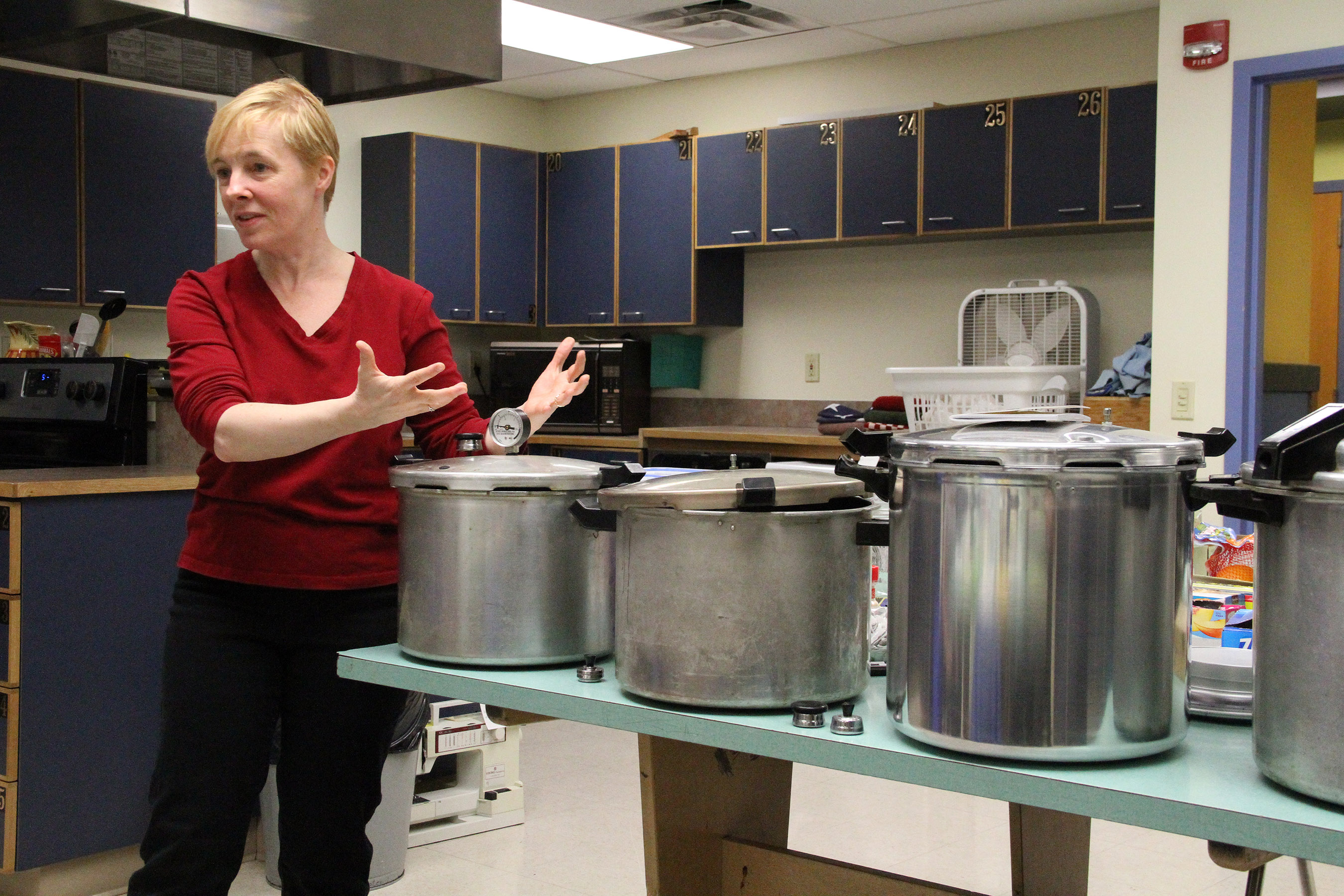

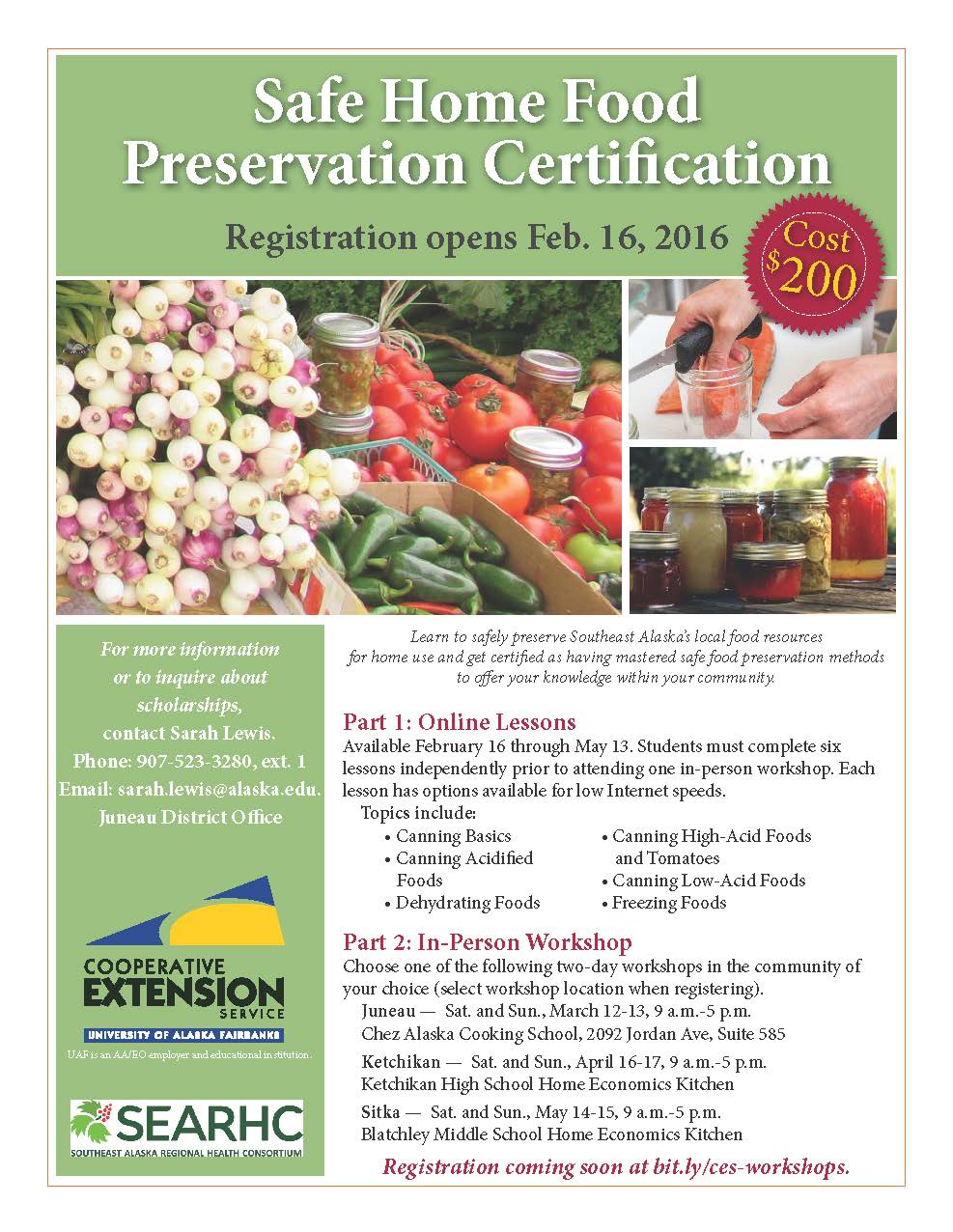
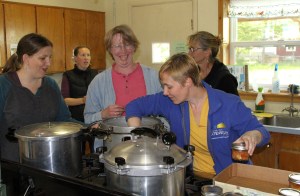

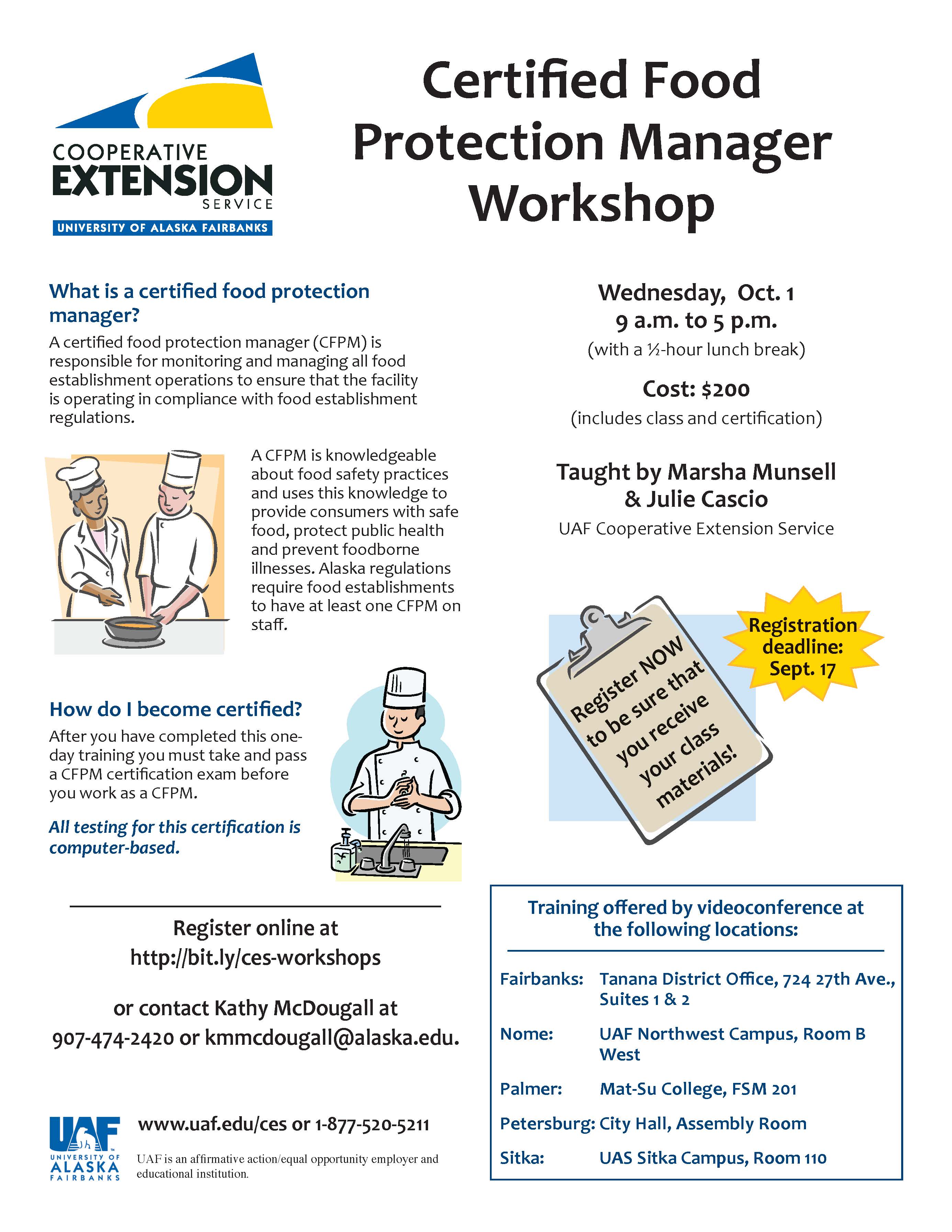

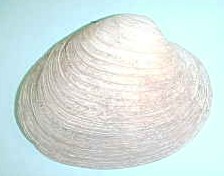
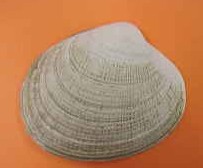


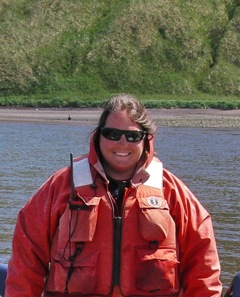
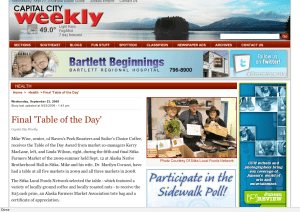
You must be logged in to post a comment.